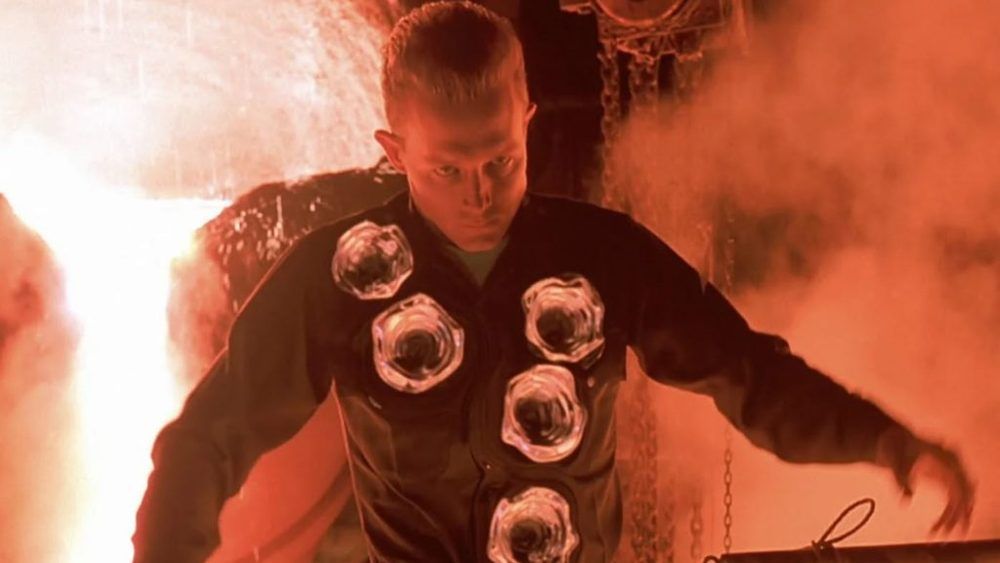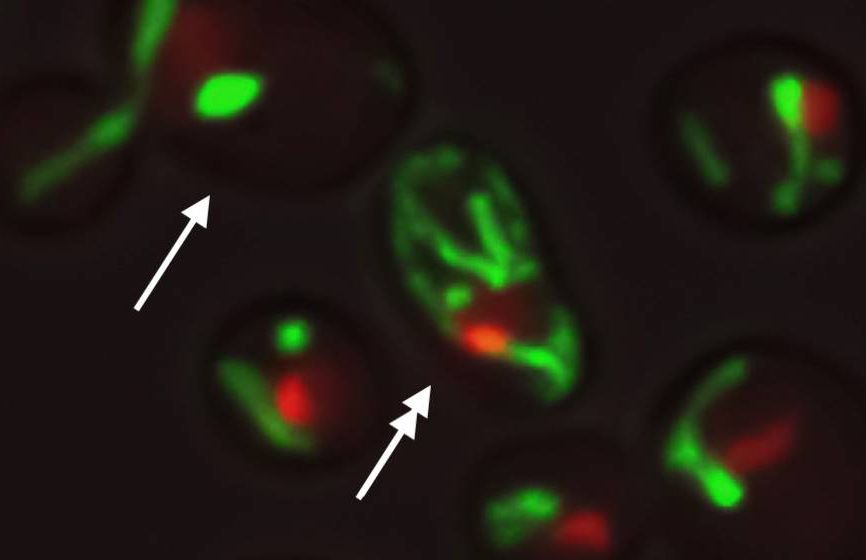Plans for a €1.1 billion project to build crucial new underwater electrical connections between France and the UK have been delayed by Brexit, as the French energy commission has said it poses “too much uncertainty”.



“On August 11th, 2020, U.S. Air Force sent a trio of B-2 Spirit stealth bombers halfway around the world from their home at Whiteman AFB in Missouri to the remote island outpost of Diego Garcia located deep in the Indian Ocean. The unannounced deployment is part of the Air Force’s new unpredictable bomber deployment strategy and comes at a time where tensions in Asia vis-à-vis China have peaked.”
#Satellitetech
The B-2s flew direct from the U.S. to the remote outpost in the Indian Ocean and have already executed missions over Asia.

A start-up based in Berkeley, California, polySpectra, is attempting to make better materials for 3D printing. Their inaugural material, COR Alpha, promises to be a stronger and more durable material for digital light processing (DLP) printing. If it’s a compelling fit for your project, you could win $25,000 worth of 3D printing services from polySpectra.
In an attempt to spur the development of 3D printed projects with COR Alpha, polySpectra is holding the Make It Real 3D Printing Challenge. The challenge calls for submissions of designs that could benefit from the new material. The winner will receive $25,000 worth of polySpectra’s 3D printing services in the form of mentoring, design consultation, functional prototyping, qualification, testing and fabrication. Applications are due September 28.

By Elias Marat
Researchers for the U.S. Army are hoping to formulate a new shape-shifting material that can heal itself on its own in hopes to achieve the kind of futuristic killing technology famously depicted in the 1991 science-fiction film, Terminator 2.
In fact, the film’s villain, the T-1000, directly provided the inspiration to one of the Army engineers working on a project to develop “soft robotic” drones and unmanned aircraft based on flexible, self-repairing and self-reconfiguring materials, reports Military.com.


“Using microfluidics, computer modeling and other techniques, they found that about half of the cells age through a gradual decline in the stability of the nucleolus, a region of nuclear DNA where key components of protein-producing “factories” are synthesized,” a press release announcing the research explains. “In contrast, the other half age due to dysfunction of their mitochondria, the energy production units of cells.”
Researchers studying aging have discovered that cells tend to follow one of two aging pathways. The way each individual cell ages is determined early on, and scientists can predict how a cell will age based on early observations.
« The U.S. Air Force is at least researching what it might take to develop a nuclear-armed hypersonic boost-glide vehicle with a range equivalent to a traditional intercontinental ballistic missile, or ICBM. This vehicle could potentially go on top of the service’s future Ground-Based Strategic Deterrent ICBMs, which are now in development. Publicly, the hypersonic weapons programs now in progress across the U.S. military are all conventionally-armed.
Aviation Week was first to report on this potential nuclear hypersonic weapon effort on Aug. 18, 2020, based on information the Air Force Nuclear Weapons Center had included in a request for information posted online six days earlier. That document, which was marked “For Official Use Only” and has since been taken offline, outlined seven potential upgrade tracks for an ICBM with a “modular open architecture.” «
At present, all other hypersonic weapons of this type that the US military is developing are conventionally armed.

Soaring temperatures, intensified flood risks and heightened water stress will threaten 57 U.S. nuclear plants over the next 20 years, forcing operators to take additional resiliency measures, according to a new report.
“The consequences of climate change can affect every aspect of nuclear plant operations—from fuel handling and power and steam generation to maintenance, safety systems and waste processing,” said the analysis, which was published yesterday by Moody’s Investors Service.
If you eschew hyperbole and hang in for the long haul, maintaining a discipline of understatement in the midst of a flashy neon world, you may be offered a modicum of credence when you make an extraordinary announcement. No one is entitled to this courtesy twice. If the news that you trumpet to the moon does not pan out, your readers will be justified in discounting everything you say thereafter.
Here goes.
I believe major rejuvenation has been achieved in a mammal, using a relatively benign intervention that shows promise of scaling up to humans. I’m going to stake my reputation on it.
Comments shown at the moment when they appeared in the video.